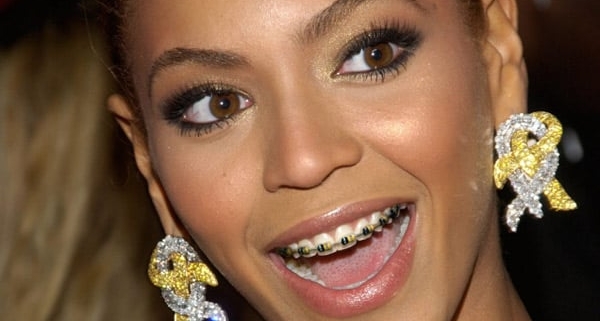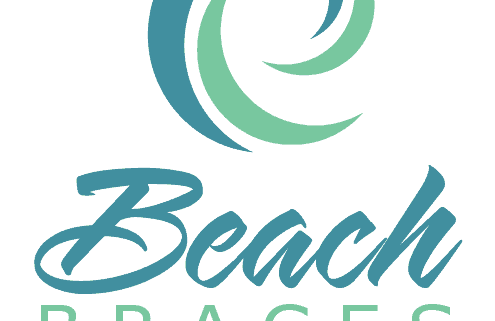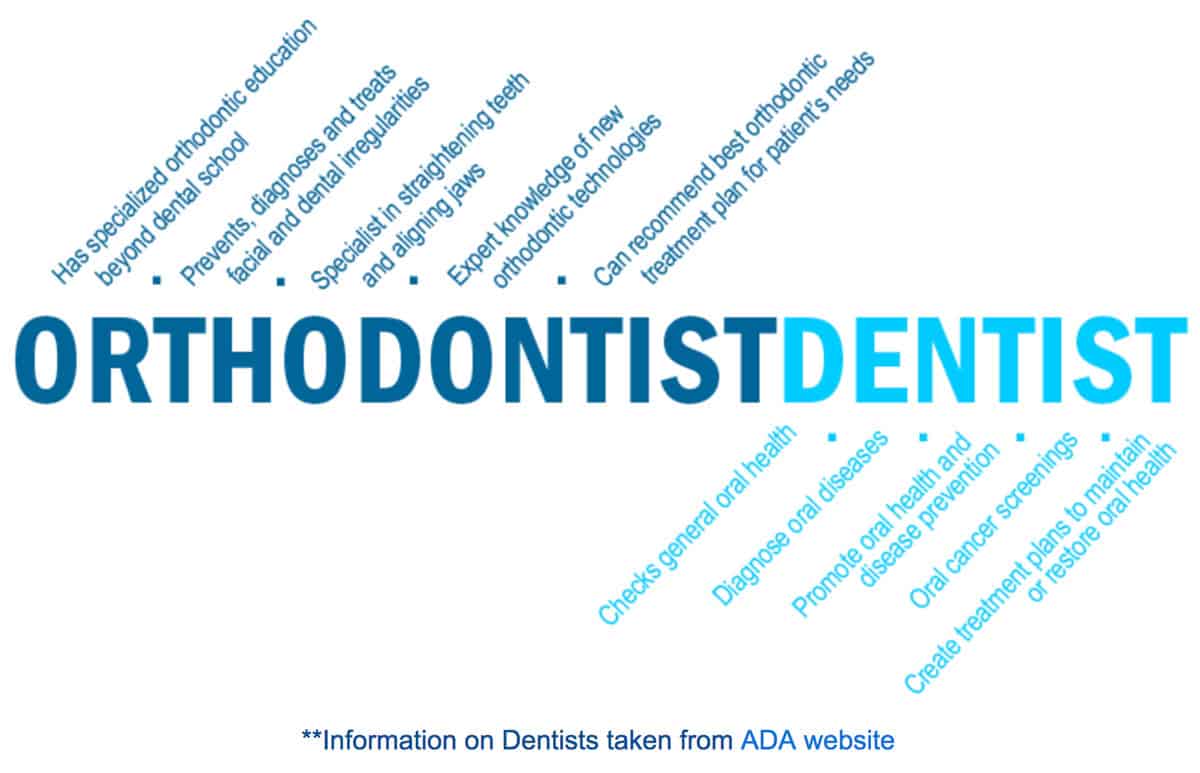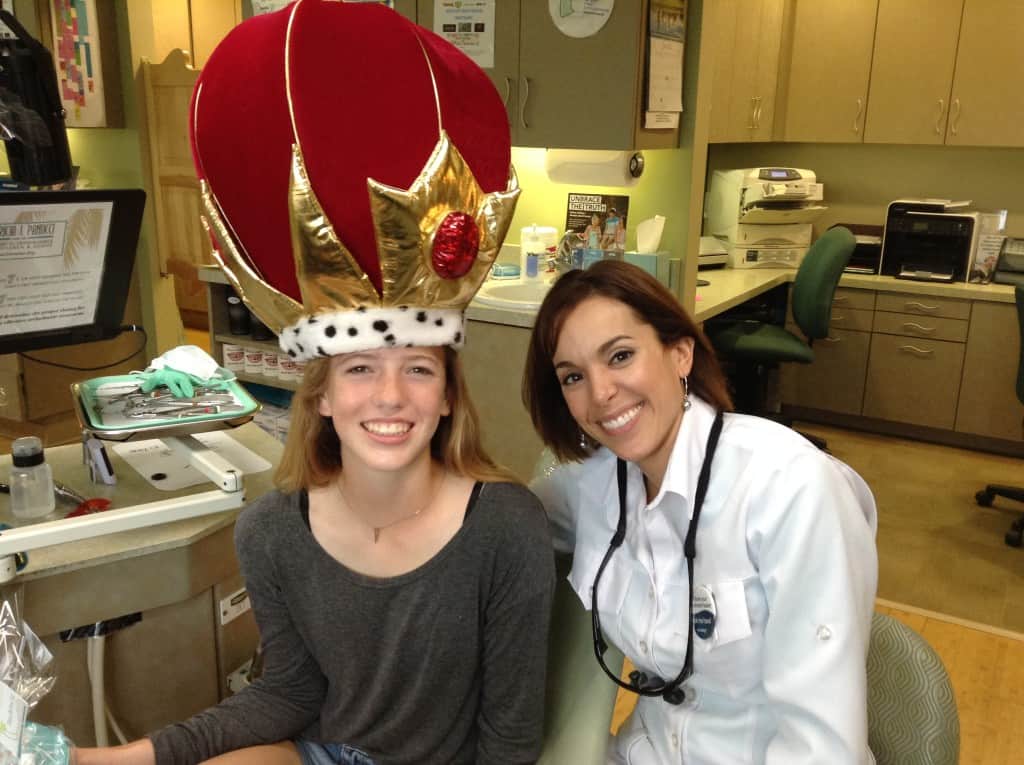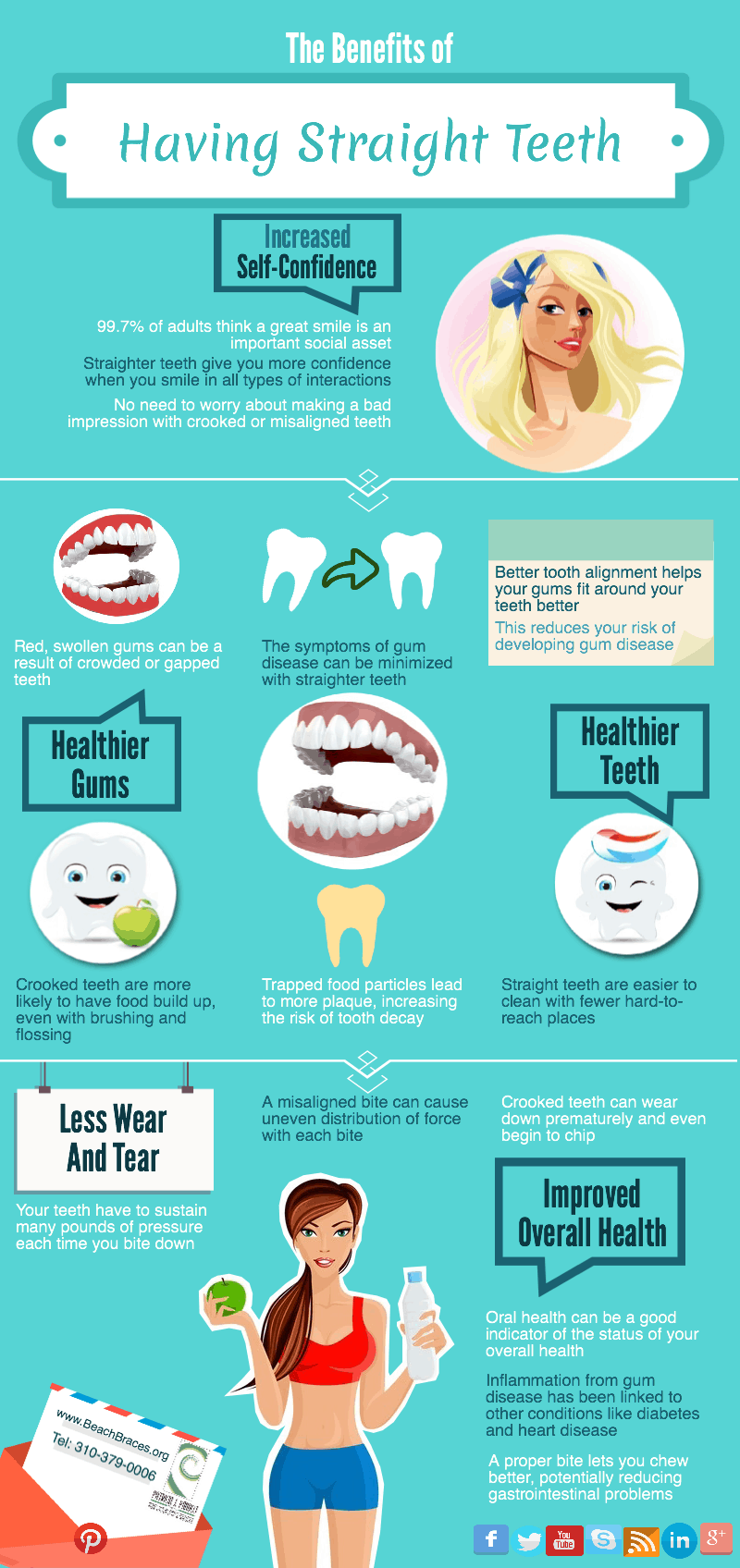
Are you interested to try braces but worried about how long it will take? The typical length of time prescribed for orthodontics is usually more than two years but that is not the case anymore. New technology such as self-ligating braces has immensely speeded up the process. Here is a guide to understanding how self-ligating braces work.
Self-ligating braces sometimes referred to as speed braces remove the need for the elastic or metal tie usually found on traditional braces. Instead, self-ligating hardware keeps the wire attached to the bracket through a removable metal piece. This change in design helps braces work more efficiently and comfortably.
Compared to traditional braces, self-ligating braces require 40% less orthodontist appointments. Without bands, there is less resistance, so your teeth can move freely. While this helps the braces move faster, it also makes them more comfortable. You don’t have to worry about suffering years of intense pain from traditional braces.
If you or someone you know is considering braces, worrying about needing them for an extended period of time is no longer valid. Self-ligating braces have speeded up the process enough to make them worth anyone’s time.
Tips for Keeping Your Teeth Clean With Braces
You’ve been brushing your teeth your whole life. You know how it’s done, and you know how important it is. So what is the big deal with braces? Just keep doing what you’re doing, right? Wrong! Braces change everything and dental hygiene is more important than ever. Here are some tips to keeping your teeth clean with braces:
Brush After Every Meal
That’s right – every meal. That means no matter where you are or what you’re doing, you need to make time to brush after you eat. Otherwise, food can get stuck between the wires and sit there all day. This not only looks bad, but can hurt your teeth and stink up your breath.
Make a “To Go” Kit
Since brushing after eating is so important, make a to-go kit so you can brush wherever you eat. This should include a travel toothbrush, travel toothpaste and a small brush to get in between the wires. When that piece of spinach is stuck at school, you’ll be happy you did!
Floss
Flossing is difficult especially with braces, but it’s important. Food has a harder time falling out of your teeth so you need to work to get it all out. You only need to floss once a day and you can find special tools for threading the floss through your teeth. Ask your orthodontist about the best way to floss.
Use these tips to keep your teeth clean during braces. If you have any questions or think it’s time for you to get your braces, do not hesitate to ask an orthodontic specialist in Manhattan Beach!
Are Braces a Good Idea as an Adult?
When we picture orthodontist patients, we typically think of teenagers, but this isn’t entirely accurate. About 25% of all orthodontist patients are over the age of eighteen. It’s never really too late to get braces, but is it right for you?
There are two main reasons why adults would choose to wear braces: to reduce the risk for future problems and to change the look of their teeth.
As we age, problems can develop from crooked teeth and jaw. These problems include tooth decay, headache, earache, and trouble with normal mouth functions such as chewing or speaking. Talk to your orthodontist, and if they think you may be at risk for future problems, it may be time to talk about braces.
If you are conscious about your teeth, then braces are definitely a good idea for you! There’s no reason to continue feeling uncomfortable. Invisalign might be a good idea because you can straighten your teeth without the metal brackets.
Guide to Avoiding Problem Foods With Braces
Braces completely change the way you eat and what you eat. For awhile, you’ll have to say goodbye to some sweets and treats to earn that fabulous smile. Here is a guide of foods to avoid.
Sticky Foods
Sticky foods such as caramel and taffy are a recipe for disaster. They can stick to your brackets and pull them off. Avoid anything sticky while wearing braces.
Hard Foods
Hard candies, nuts, or other crunchy foods can knock your brackets right off. Unless you want an emergency trip to the orthodontist, stay with soft, chewy foods until the braces come off
Foods You Bite Into
This category actually applies more to fruits and vegetables than anything else. Don’t ever bite into an apple, carrot, celery or anything else big, hard, and crunchy. Instead, cut up your snack. Eat corn off the cob and choose apple bites instead of the whole apple. Otherwise you may have found some brackets lodged in your fruit.
Remember, that these dietary restrictions are only temporary. Eating foods you shouldn’t can only make you wear braces for a longer period.

What is the average cost of braces?
Braces are known for being overly expensive. With so many options in orthodontics now, you have more choices for how much you will pay. Here is to give you an idea about the cost of braces:
Metal Braces
The cost of traditional metal braces depends on the patient’s condition. This is typically the least expensive option, but often takes the longest.
Invisalign
Invisalign is comparable to traditional braces. They may be a little more expensive, but you can’t see them so it might feel worth the extra cost.
Self-Ligating Braces
Self-Ligating braces usually cost more than traditional braces, but move faster so you don’t have to wear them longer. You have to decide if it’s worth the extra cost.
Health Insurance
Check with your health and dental insurance to see if they will help with the cost of braces. Unlike other cosmetic dentistry like whitening, braces are usually deemed “medically necessary” and will be covered by insurance.
The average cost of braces depends on the severity of your orthodontic needs. If you want to figure out a more accurate cost for you or your family, give Beach Braces a call! Beach Braces has the right team of orthodontic specialist in Manhattan Beach to help you achieve that beautiful smile.
Beach Braces, 1730 Manhattan Beach Blvd. Suite B, Manhattan Beach, CA 90266
TEL: 310-379-0006 Fax: (310) 379-7051.
Understanding How Self-Ligating Braces Work
[super-post id=”sp54c9d63d2a281″ title=” Related Posts” items=”5″ show_title=”true” title_length=”0″ title_ellipsis=”…” show_thumbnail=”true” remove_no_thumbnail=”false” icon_height=”40″ icon_width=”40″ icon_empty=”3612″ show_comments=”true” comment_icon=”https://www.beachbraces.org/wp-content/plugins/super-post/images/comments.png” show_date=”true” show_date_link=”true” date_icon=”https://www.beachbraces.org/wp-content/plugins/super-post/images/date.png” date_format=”F j, Y” show_author=”false” author_title=”View all posts by {author}” author_icon=”https://www.beachbraces.org/wp-content/plugins/super-post/images/author.png” show_category=”false” first_category=”true” category_separator=”, ” category_icon=”https://www.beachbraces.org/wp-content/plugins/super-post/images/category.png” offset=”0″ page_range=”5″ load_text=”Load more posts” query=”related” order=”DESC” post_status=”publish” title_trim=”words” load_style=”none” template=”left”]
Dr Patti Panucci attended the University of Louisville School of Dentistry for four years, where she graduated with a DMD degree (May 2000) among the Top 10 in her class. Following that, she headed west to Los Angeles to complete her three-year residency at one of the top-ranked orthodontic programs in the country – the University of Southern California.
Along with her certificate in orthodontics, Dr. Panucci earned a master’s degree in craniofacial biology. During those three years, she fell in love with Southern California beach life and decided that this was where her future lay.



